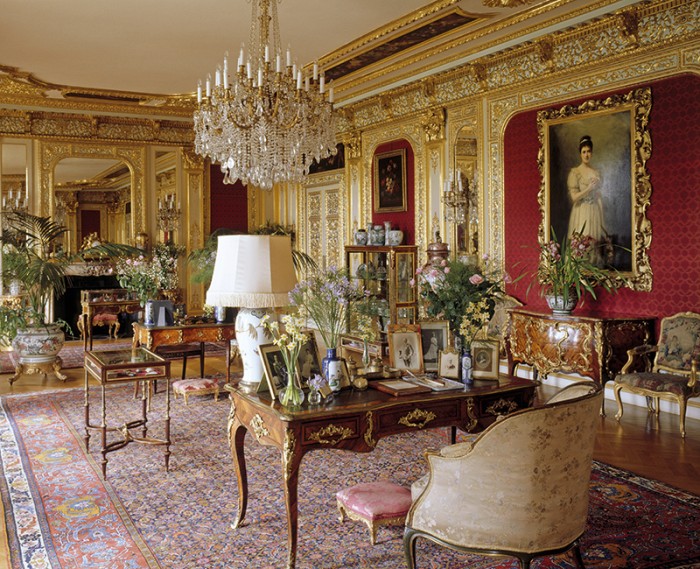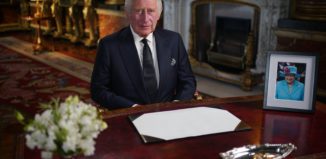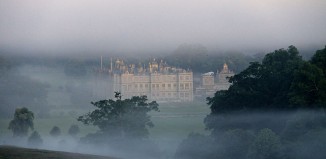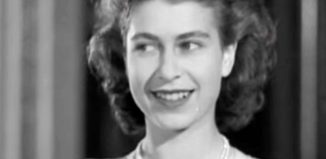Harry and Meghan’s wedding: Where the royals go on honeymoon
As Prince Harry and Meghan Markle’s wedding approaches, Diana Wright explores the history behind two of our monarchy’s favourite honeymoon destinations – Polesden Lacey in the Surrey Hills and Broadlands in Hampshire
The wedding of Prince Harry and Meghan Markle, on 19 May in St George’s Chapel at Windsor Castle, is set to be a joyous occasion, with crowds of well-wishers and photographers boosting the Berkshire town of Windsor’s population to bursting point. No one can then begrudge the couple a little privacy as they steal away together afterwards on honeymoon. So while the tabloids speculate over the couple’s chosen destination, what better excuse to revisit two UK honeymoon venues enjoyed by previous generations of royalty and unlock the history that makes them such fascinating places?
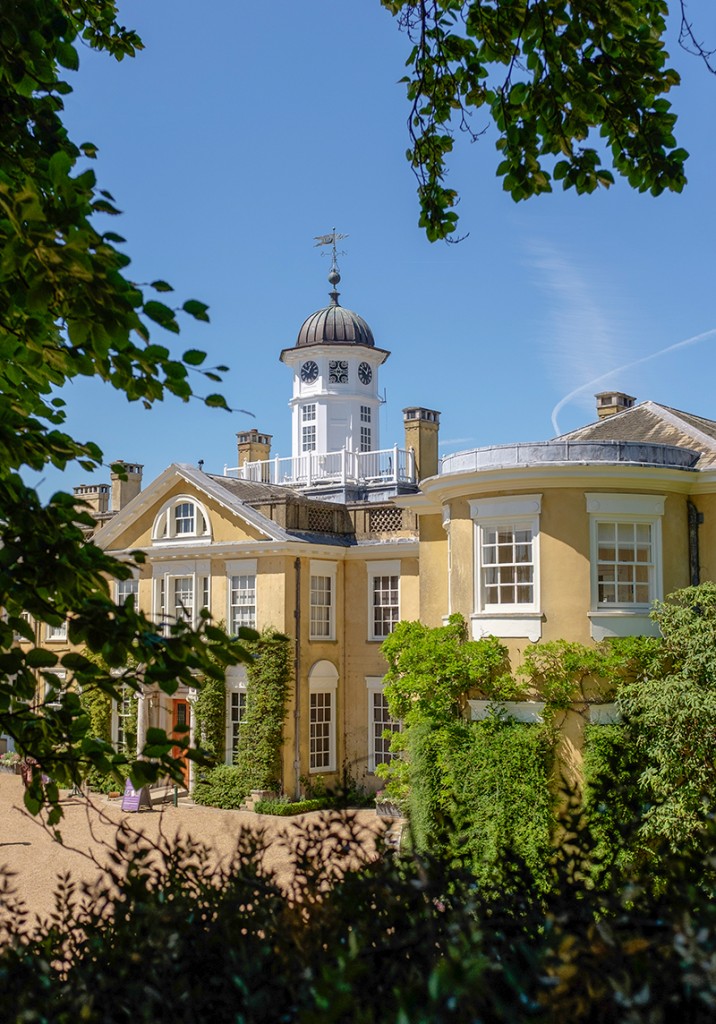
When the Duke of York – ‘Bertie’ – married Elizabeth Bowes-Lyon on 26 April 1923, he was unaware that he would be thrust onto the throne as King George VI by the shock abdication of his elder brother Edward in 1936.
In retrospect, the newlyweds’ honeymoon at Polesden Lacey, in the seclusion of England’s Surrey Hills, seems an innocent idyll.
“I stayed in bed all this morning to rest and read the papers, and am just going down to lunch in my old blue tweed!”, Elizabeth wrote to her mother on the first day of the honeymoon. “This is a delicious house,
and the food is too marvellous.”
(The couple would continue their honeymoon at Elizabeth’s Scottish childhood home, Glamis Castle. Unfortunately, Elizabeth contracted whooping cough – “not a very romantic disease”, as she later commented.)
With the handsome Polesden Lacey mansion to themselves and no need to dress up for public show, the Duke and Duchess strolled in the extensive grounds, played golf and relaxed on the South Terrace. Polesden Lacey had been put at the couple’s disposal by its then-owner, the formidable Margaret Greville, socialite, hostess and collector of art and glamorous friends like Bertie and Elizabeth.
The illegitimate daughter of millionaire Scottish brewer William McEwan and lodging house-keeper Helen Anderson, Maggie had married Ronald Greville, the son of a baron, in 1891. Full of social ambition, ‘Mrs Ronnie’ quickly began using her father’s wealth and husband’s connections to dazzling effect as a hostess in the smart set around the Prince of Wales (later King Edward VII). Polesden Lacey, just 25 miles from London but steeped
in countryside, offered the perfect stage for her weekend gatherings of royalty, ambassadors and maharajas.
The first substantial manor house on the site, built in 1631, had passed through numerous wealthy owners.
By the time the Grevilles bought the property in 1906, Regency and Edwardian makeovers had created a modern mansion complete with electricity and en-suite bathrooms. Even so, the power couple employed Mewès and Davis, architects for The Ritz London, and pre-eminent interior decorators White, Allom & Company to revamp rooms, inspired by different historical styles and embellished with architectural salvage including gilded panelling from an Italian palazzo in the glittering saloon. Elegant guest suites upstairs were decorated in the French style.
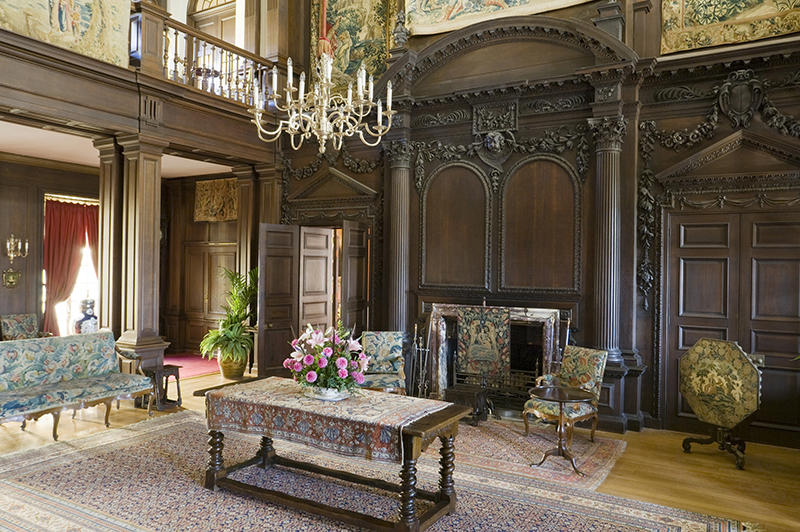
Wandering around Polesden Lacey today you can picture Mrs Ronnie making her dramatic party entrances down the sweeping staircase; footmen setting out drinks for guests in the central hall; gossip-spiced meals in the dining room, presented as it were for Mrs Ronnie’s very first, six-course dinner party in 1909 (a year after she was widowed) when guests included Edward VII and his mistress Alice Keppel (Mrs Ronnie also tactfully invited Keppel’s husband, the king’s former mistress and her husband).
Now in the saloon you will often find a pianist playing the 1904 Steinway Grand, while in summer seductive scents rise from the Edwardian walled rose garden: a heady combination redolent of past times.
Not everyone fell for Mrs Ronnie’s magic, however. One observer called her a “galumphing, greedy, snobbish old toad”, while another visitor described the saloon as “over-gilt, over-velveted, over-mirrored like an extremely expensive bordel [brothel]”. Nevertheless, Mrs Ronnie’s eclectic treasures – from Dutch Old Masters and British paintings to Chinese and European ceramics – impress to this day, as does her typically Edwardian passion for objets d’art, in particular Fabergé.
At one time, Mrs Ronnie intended to bequeath Polesden Lacey to Bertie, but instead left it to the National Trust when she died in 1942. Elizabeth, who inherited Maggie’s fabulous jewellery, sensed the passing of a golden high society age, writing to a friend: “Do you remember those wonderful weekends at Polesden? … They seem so far off and delectable and idle and rich and careless.”
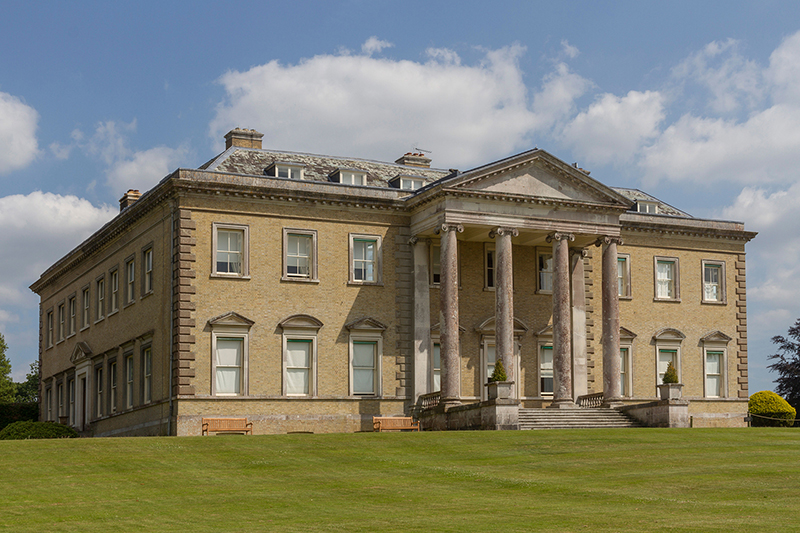
Both Elizabeth’s daughter and grandson began their honeymoons just a 90-minute drive away at Broadlands in Hampshire. Following her wedding in London’s Westminster Abbey on 20 November 1947, Princess Elizabeth, now HM The Queen, went with her favourite corgi Susan, as well as her dashing new husband Philip,
to the Palladian home of Philip’s uncle, 1st Earl Mountbatten of Burma. Photographs show the couple (and Susan) walking across lawns sloping down to the River Test and poring over their wedding pictures. Just over three decades later, Prince Charles married Lady Diana Spencer at St Paul’s Cathedral on 29 July 1981 and also whisked his bride to Broadlands, to enjoy peace away from the limelight.
The original manor and area known as Broadlands belonged to Romsey Abbey, but following the Dissolution of the Monasteries (Henry VIII’s contentious appropriation of church assets between 1536 and 1541) passed through a series of owners. By the 18th century, it came into the Temple family, Viscounts Palmerston, who employed William Kent and Lancelot ‘Capability’ Brown to ‘deformalise’ the riverside setting. Brown, and later Henry Holland, transformed the Tudor and Jacobean house into the classic Palladian mansion seen today, while Joseph Rose the Elder carried out much of the beautiful plasterwork in the main rooms.
Guided tours of Broadlands House are low key, in keeping with its continuation as the Mountbatten family home, but offer a fascinating mix of treasures and tales. The Greek and Roman marbles in the Sculpture Hall were brought back by the 2nd Viscount Palmerston from his Grand Tour of Europe (a rite of passage for wealthy, cultured young men in 18th-century Britain) in 1765, while the pottery collection he began is displayed in the inimitable Wedgwood Room, its delicate blue-and-white décor echoing Josiah Wedgwood’s work.
Read more
5 stately homes you can stay in
5 royal weddings at Westminster Abbey
The saloon, with its white-and-gold neoclassical decoration, and the drawing room hung with an impressive collection of 18th- and 19th-century British portraits by the likes of Reynolds and Raeburn, breathe elegance and comfort. In Victorian times, Broadlands became the country home of Henry John Temple, the 3rd Viscount Palmerston and two-time Prime Minister, and you can see the desk at which he worked. Lord Palmerston obviously loved the place; as a young man, in pre-railway days, he regularly travelled the 80 miles from London on horseback to spend weekends there.
In the 20th century, the 1st Earl Mountbatten of Burma was the most famous resident, having married Edwina Ashley, daughter of the house, in 1922. A great-grandson of Queen Victoria (who took just a few days’ honeymoon at Windsor Castle after she married Prince Albert in 1840), he forged an illustrious career.
At Broadlands today, the highlights are charted through a film and models of naval ships on which he served. As Supreme Allied Commander South East Asia, he retook Burma during the Second World War, before later becoming, briefly, the first Governor-General of India following its independence in 1947.
As Broadlands tour guides tell their tales, it’s clear you are also following in the steps of countless famous visitors, including Florence Nightingale, Nelson’s mistress Lady Hamilton, artist Sir Joshua Reynolds and modern royals who remain family friends.
In 2007, when the Queen and Prince Philip stood for Diamond Wedding anniversary photographs, it was no coincidence that Broadlands provided a setting, the pose of the royal couple almost identical to an official honeymoon picture taken 60 years earlier.

